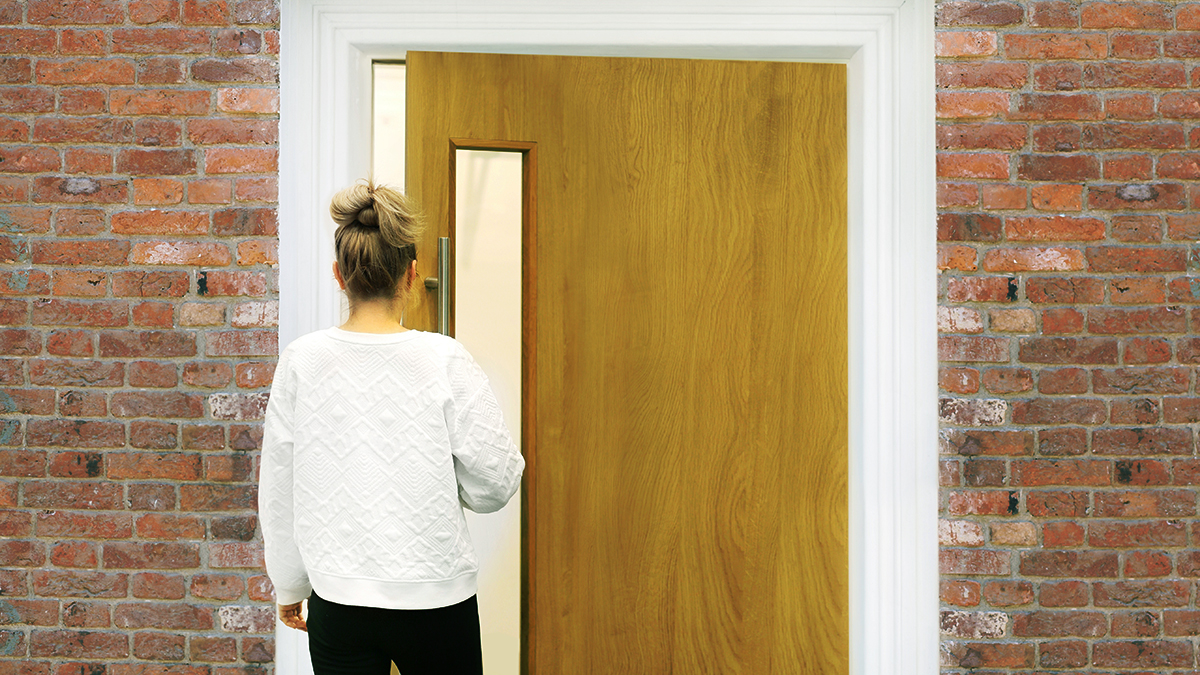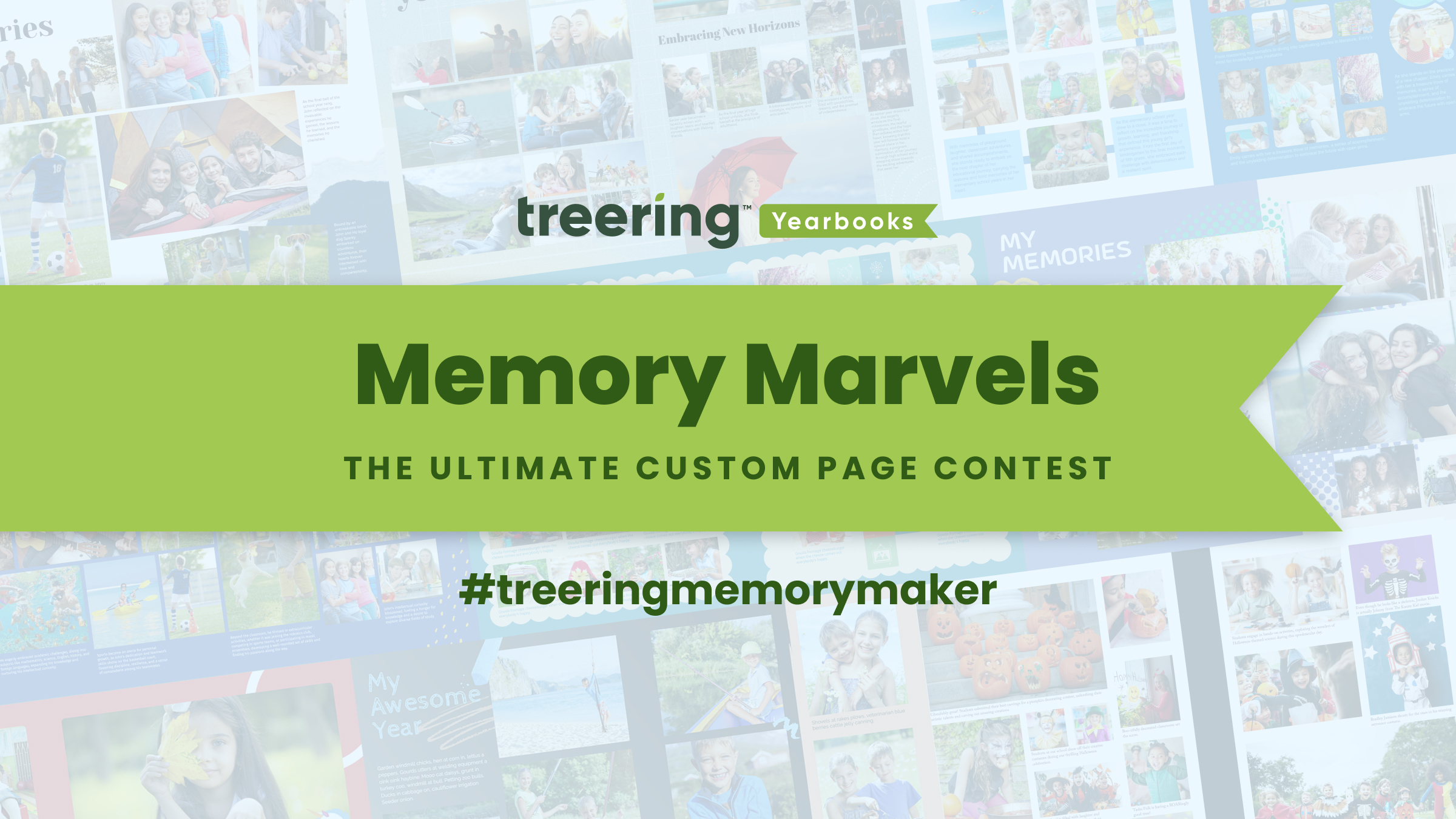When you first set out to create a great yearbook, your goal is to build something that your campus will remember forever. But you want your students and faculty to remember your book for the right reasons–not because you missed something in the text that was totally ridiculous. From forgetting to replace placeholder text within your yearbook template to not doing a thorough proof of the content your committee submits, there are a lot of easy errors that can affect the final publication you distribute at your school. To help you avoid some of these simple mistakes, I’ve pulled together some best practices your committee should always follow as they’re adding new content to your book!
Be Careful with Placeholder Text
When you’re creating new pages within your yearbook template, be wary of placeholder text. If you simply copy and paste from another spread, or use a silly story as a way to fill out and organize your pages before your yearbook is complete, you risk leaving incorrect copy on the incomplete pages of your yearbook template during the proofing process. And that means you just might send your book to print with the wrong text on some pages. It’s easy to avoid this by taking two precautionary steps.
First, use a dummy text generator to fill these pre-made pages with randomized copy that doesn’t make sense. This way, you’ll immediately know when you’re proofing your pages that something isn’t right. Second, use the “bold” and “italics” font tool to make your placeholder text stand out. It will catch your eye as you’re flipping through your book before sending it to print, ensuring you don’t forget to replace the copy before you mark your yearbook as print ready.
Proof, Proof, and Proof Again
The best way to make sure your content is print-ready is to proof it multiple times, through many sets of eyes. To make your proofing process run seamlessly, you need a process for your committee to follow that systematizes and streamlines the steps to inserting content into your features.
- Initial Proof: The first edits should be made by the individual who wrote the article. This immediately cuts down on the amount of time your team needs to spend proofing content, as it typically eliminates the majority of spelling and grammar mistakes right off the bat.
- Content Proof: Once your writer has proofed their own work, it should go to someone on your team for a full edit. This person should be looking for inconsistencies in the writing, vet the facts within the stories and verify that the photos accompanying the article are correctly captioned. This person should then add the content to the correct page of the yearbook.
- Design Proof: After the content has been formatted within your yearbook spread, a design proof is necessary. While this offers a third chance to proof your content, the main focus should be on ensuring the spread is consistent with your style guide, that the layout of these pages of your yearbook template are visually pleasing and that the images chosen compliment your article.
- Final Proof: Once all of the content is added to your yearbook template, the yearbook adviser should do a final proof. This is your last opportunity to proof each page of your book for errors and inconsistencies. Because your content has been proofed three times by this point, there should be very few issues to address.
Stick to Your Timeline
Your timeline should dictate your editing process. When one of your committee members gets backlogged with editing work, they’ll try to speed up the process just to get through the list of articles they need to edit. This is when things get missed. When you stay on top of deadlines, you can space out the editing process to ensure that one person doesn’t get overloaded with work over the course of a short period. For best results, use our Google Doc timeline tool to keep your committee aware of what they have in the pipeline. When everyone’s on the same page, they’re more likely to get their work done on time, and be prepared for what they have coming onto their plate.
Best Practices for Your Yearbook Template
Your yearbook template is a constant work in progress. It’s not something you fill up in a week’s time, or something that will look perfect from day one. To make sure your best work is what winds up within your final publication, your editing process needs to be easy to use and understand for your committee. When you implement a solid process from the beginning of the school year, you set a precedent that everyone sticks to throughout the season. And that can make your final content clean and simple at the end of the year!






